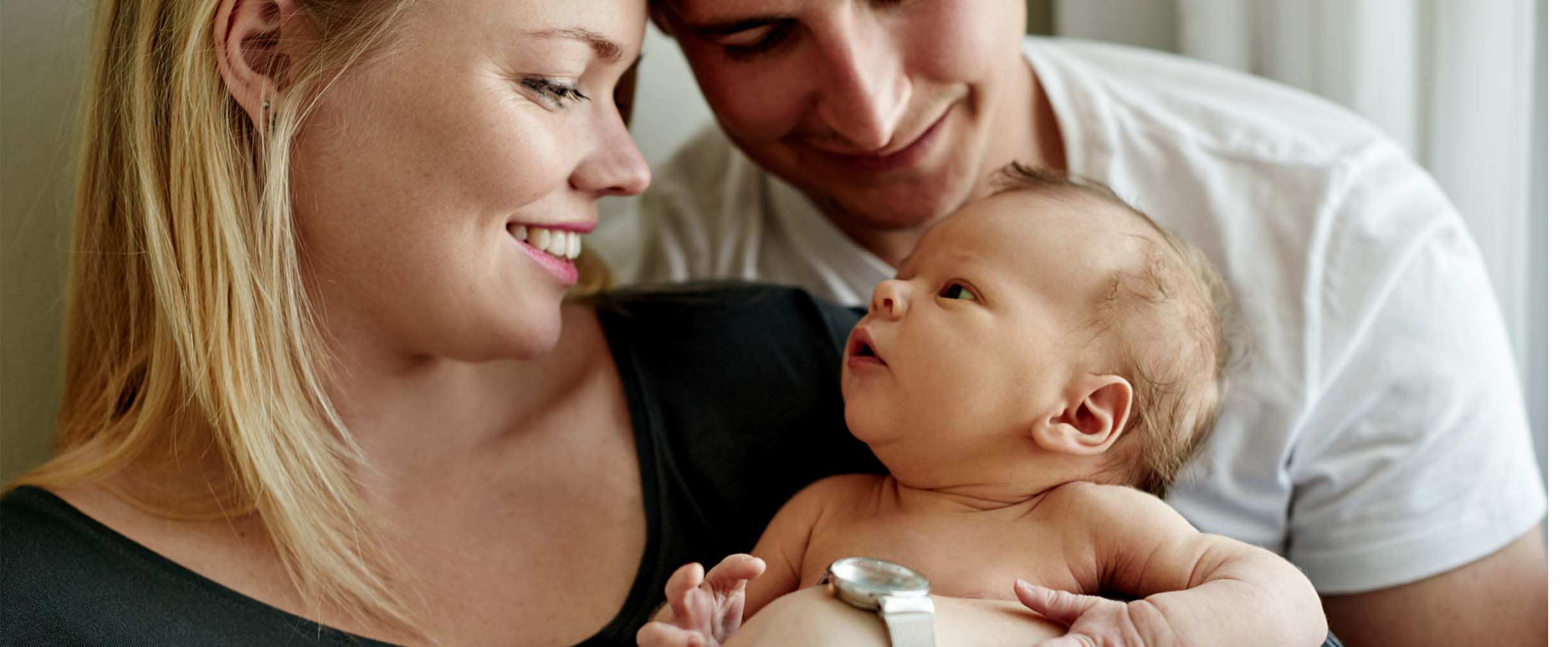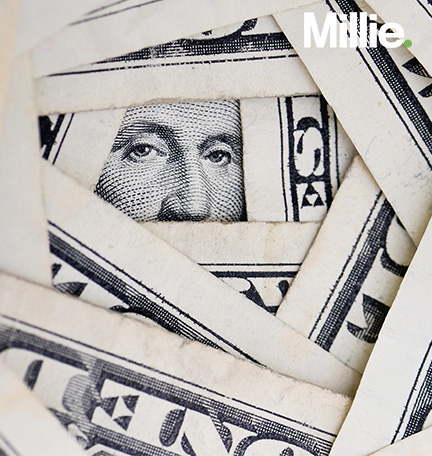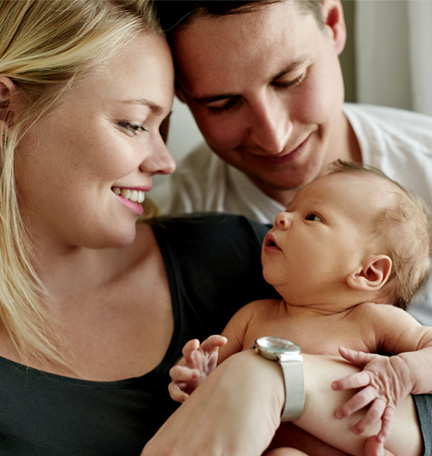Having your first baby means you’ll be incurring a lot of new expenses. Here are some tips for establishing a budget to keep your family finances in order.
Having a baby can fill your house with love. Unfortunately, it also can drain your bank account.
The typical American family will spend an average of $233,610 to raise a child from birth to age 17, according to the U.S. Department of Agriculture. And if you’re planning on sending Junior off to college, don’t forget about planning for the cost of a college education, which can add up to an annual $45,370 for a private institution and $20,090 for a public institution.
For many new parents, housing often accounts for the largest share of expense, followed by food, childcare and education, which totals an annual $12,350.
“Making matters worse is the fact that many young parents find themselves reducing their work hours or deciding to stay home until the children are older, or continuing to work and adding daycare expenses,” says Stephanie Nelson, mother of two and founder of couponmom.com, a website that aggregates coupons for members.
“In each case, they may have to cut expenses, which makes budgeting even more important,” Nelson says.
Fortunately, parents who shop smart can secure everything their baby needs at a fraction of the cost, Nelson says. Here are her top six tips for budgeting for a baby and finding savings.
1. Compare Unit Costs of Baby-related Items
When it comes to diapers, baby wipes and other essentials, there are many ways to save on groceries. Not all packages are created equal. For instance, consider two packages of diapers at the same store. One brand may cost $45, while the other is $38. But the cheaper of the two is not actually the most cost effective, as it includes 100 diapers (38 cents per diaper), compared to 130 diapers (35 cents per diaper) for the more expensive box.
“If you’re buying diapers until a child is 2 or 3 years old, you can save about $800 per child by comparing unit costs,” says Nelson, adding that some of the best unit costs are found online. “A lot of people save money by buying their diapers at online retailers. They subscribe to have them shipped, which can save money.”
2. Make the Most of Coupons and Sales
Coupons can be found online, in stores and in newspapers. The best ones, however, come directly from manufacturers. “I encourage people to join whatever savings clubs diaper and formula companies have,” Nelson says. Plenty of name brands have these clubs, and “they’ll send you high-value coupons worth $10 or $20, which is pretty significant.”
Combining retailers’ and manufacturers’ coupons with in-store sales can yield even more savings on items like diapers and formula. “To find the best possible bargain, wait for a sale and use coupons,” says Nelson, adding that with this method, you can potentially cut the cost of a package of diapers considerably.
You should also consider enrolling in a program such as Regions Rewards so you can get rebates on everyday purchases.
3. Prepare Your Own Baby Food at Home
Baby food can be a big expense, but parents can save money by making it themselves. “Pureeing sweet potatoes in the blender, for example, takes virtually no time,” Nelson says. “Plus it’s healthy and more economical than buying baby food in cans and jars. There are all kinds of recipes online.”
4. Buy Only Basics for Your Baby
When it comes to many baby expenses, Nelson urges restraint. “When you have a baby — especially your first baby — you think you need every gadget on the planet,” Nelson says. “You don’t. Invest in a safe car seat and a safe crib, but you can save hundreds of dollars if you avoid much of the rest.” If a family member hosts a baby shower, you may receive many of these nonessential baby items as gifts.
5. Choose Used Baby Items Instead of New
If you can’t live without a baby item, buy it used. “You can buy clothes and toys at yard sales and consignment shops for next to nothing because others need to get rid of them,” Nelson suggests. “You can borrow that stuff, too, and save even more money.”
But avoid buying certain used baby items, such as car seats and older cribs, which may not meet current safety standards.
6. Take Advantage of Child Tax Credits
Lastly, keep in mind that the federal government also offers exemptions or tax credits to individuals who meet certain qualifications. These include:
- The Dependent Exemption, which totals $4,050 per child for 2017
- The Child Tax Credit, which is worth up to $1,000 per child for 2017
- The Child and Dependent Care Credit, which for 2017 is worth up to $3,000 per child for working parents with child care expenses
“Yes, having a baby is expensive,” Nelson concludes. “But it’s easy to save money if you know where to look.”
To help develop your baby budget, use the Regions “How Much Am I Spending?” budget calculator. Read this article to better understand your insurance needs because they may change as your family expands.











